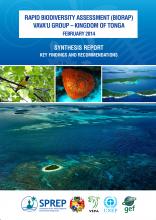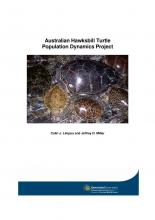Freedivers harvest thousands of sea turtles a year in the Solomon Islands

Biodiversity Conservation
Available Online
1. Sea turtles are harvested in many small-scale fisheries (SSFs), but few nations have quantified the impacts that SSFs are having on their sea turtle stocks. This study provides the first assessment on the catch composition, national harvest rates,and long-term trends in sea turtle catches in the Solomon Islands SSFs. 2. Between October 2016 and May 2018, 10 community monitors located in eight of the nine provinces of the Solomon Islands were trained and employed to work alongside fishers in their respective communities to document, photograph, and geo-reference the reefs where sea turtles were harvested. Local ecological knowledge (LEK) surveys were then conducted with 32 experienced fishers to infer whether the harvest rates of sea turtles had changed in recent decades. 3. Community monitors recorded information on 1,132 sea turtles that were harvested on 529 fishing trips:1,119 sea turtles were identified to species level, with harvests consisting of 73.3% (n=818) green sea turtles (Chelonia mydas), 25.7% hawksbill sea turtles (n=291) (Eretmochelys imbricata), and 0.9% (n=10) olive ridley sea turtles (Lepidochelys olivacea). 4. The great majority (92.6%) of sea turtles were captured by night-time and daytime freedivers who use masks, snorkels, fins, hooks, spears, and underwater flashlights to target a wide range of fauna that inhabit coral reefs.






